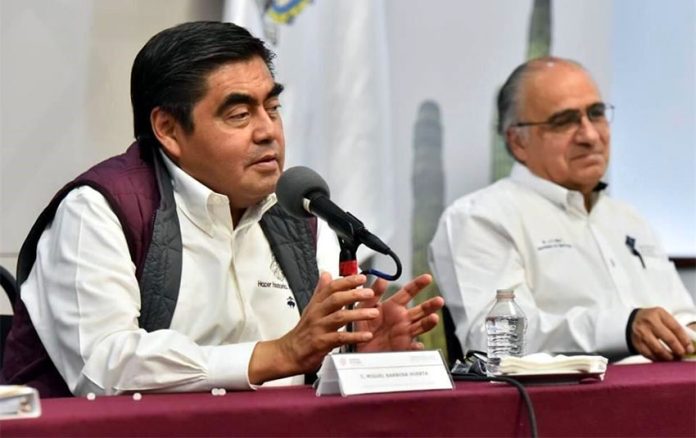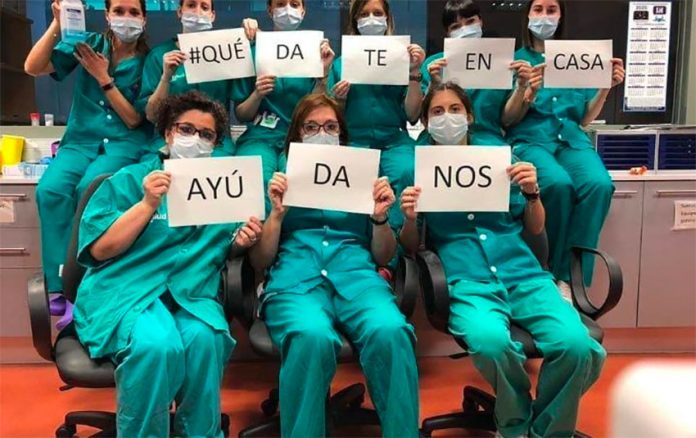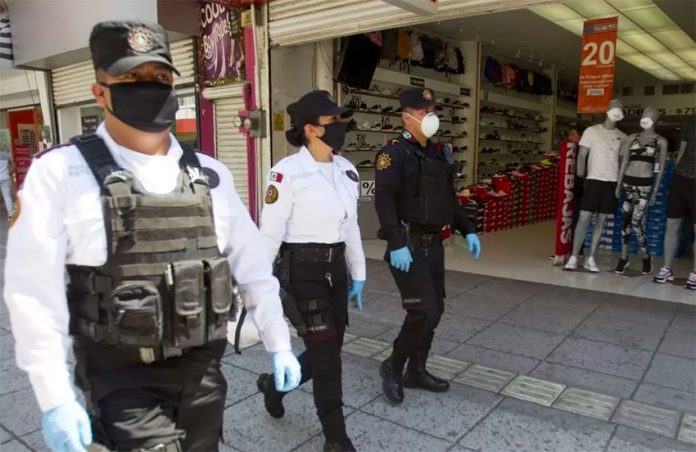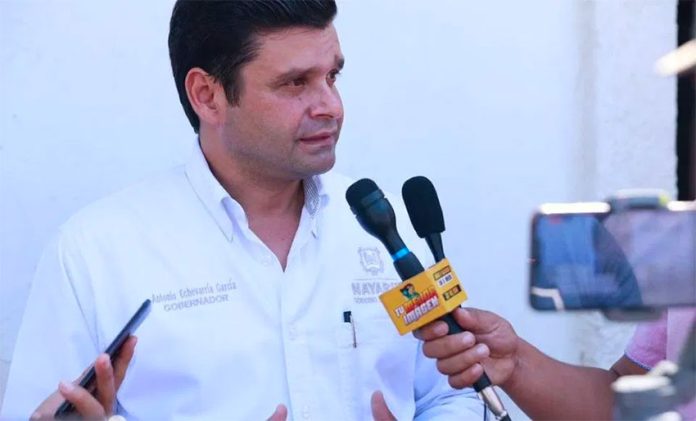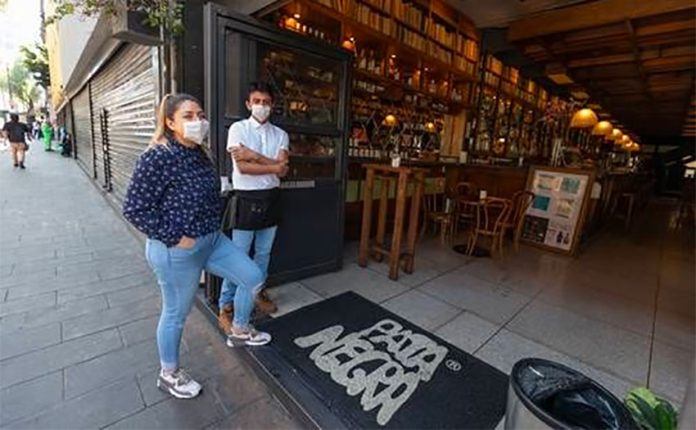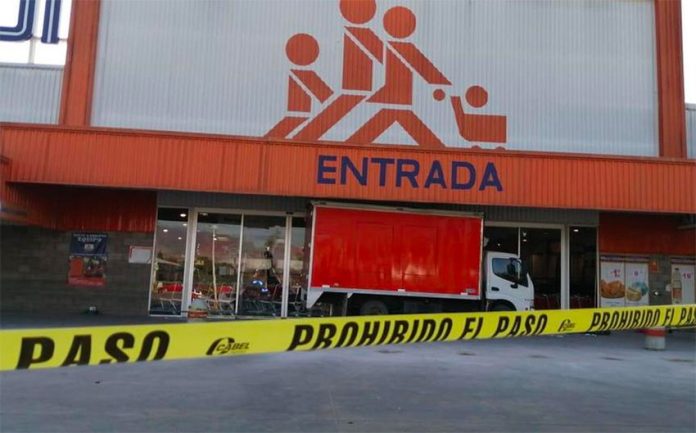Last week, the governments of the United States, Canada, the United Kingdom and European Union imposed border restrictions and issued calls for their citizens abroad to return home because of Covid-19. Jammed airports in Mexico attest to the fact that many have paid heed.
However, there are people from those and other countries that are hunkering down here in Mexico to wait out the storm. Being one of them, I got in touch with a number of friends and acquaintances in the foreign teacher and artist communities to see who is staying and why.
The majority are longtime, year-round residents with at least seven years in Mexico, some with several decades. Almost none of these residents even considered going to their countries of origin for several reasons.
Reason No. 1 is that they consider Mexico home. Some are quite emphatic about this. They have strong professional, familial and/or other personal ties here. On the flip side, these same people tend to have weak or even non-existent physical, economic or emotional support back “home.”
Marsha Ostroff in Mexico City and Eschwan Winding in San Miguel de Allende are representative of many retirees in Mexico whose pensions would not support them in the U.S. Nor would they have access to health care stateside, an issue of concern not just to “high-risk” seniors but younger expats as well.
Two other contacts with immunological issues have chosen to stay, though they are quarantining themselves for the foreseeable future.
Those living here more than 11 years also remember the H1N1 outbreak in Mexico, which gives some perspective.
In his blog, San Miguel de Allende resident Joseph Toone noted that many Canadians went back as soon as their government called for them to do so to have access to state health care. Airfares to Canada consequently doubled or even tripled.
But even access to single-payer health care is not enough for a number of Canadians to pull up stakes. Although longtime international teacher Joanne Babiak from Edmonton has been in Mexico for 2 1/2 years, the only move she is considering is from Mexico City to San Miguel de Allende.
Another factor has been that their countries of origin have their own problems with Covid-19, and as of this writing, the situation is more serious in Europe and Mexico’s northern neighbors. Ajijic resident Rebecca Roth said she wished her sons in Washington state could come to Mexico as she’s worried about them being there.
Several Americans cited their concerns about the current administration’s reaction to the virus as a reason not to go back, even if they have reservations about the Mexican government’s actions or lack thereof.
In some cases, last week’s calls had the reverse effect, causing people to hightail it to Mexico. Some cut trips to their home countries short so they could get back here. Riley arranged for he and his family to go to the Yucatán as soon as the virus appeared on their radar because of visa issues. They are unable to live together either in the United States or Canada while their family unification visas are being processed. He did not want his wife to be in quarantine alone with a baby and a toddler, so Mexico became their best option.
Although those who responded reside all over Mexico, the experiences they reported have been remarkably similar. Their towns are quieter than normal, and none go out as often as they once did, while they’re doing more bulk shopping for basic necessities than before. One person from Morelia admitted to having a large stash of toilet paper, laundry detergent, soap, cleaning supplies and food staples but says it is normal for her to stock up when there are sales in supermarkets.
Those who have pensions, work online or for established companies report little to no economic disruption so far. Those most affected now are self-employed individuals whose work requires face-to-face contact such as giving classes and arranging tours. Artists, writers and the like are hard hit as Mexico has all but frozen cultural activity in the country.
Almost everyone reports having disruptions in their personal lives, from managing children home from school all day to canceling travel within Mexico to simply not being able to go out to museums, the movies, etc. Many admit to eating too much, spending too much time online and binge-watching TV and movies, but some state that they are taking advantage of the time to reconnect with old projects and start new ones such as gardening, cooking and reading. Artists and writers are putting time into production.
Although the vast majority of foreign residents in Mexico are from North America and Europe, there are people from other countries as well. A science teacher from Venezuela says that he will obviously stay as it is far safer in Mexico than in his home country.
For foreigners from Australia and Asia, distance and complicated travel is a factor. Pei Shan Chiang is a Taiwanese artist living in Mexico City. Her government has not issued calls for citizens to come home and she is not planning to do so. Although Taiwan has done a nearly miraculous job containing Covid-19, she will remain in Mexico City.
That doesn’t mean there are no downsides for Asians in Mexico: sculptor Hiroyuki Okumura in Veracruz, for one, reports that he is being looked at differently these days.
Mexico News Daily


